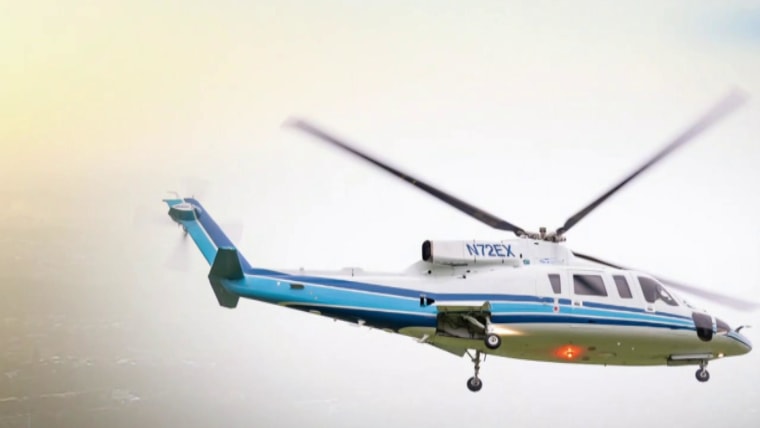LOS ANGELES — Federal investigators on Friday ruled out engine failure as a possible cause of the helicopter crash that killed basketball legend Kobe Bryant, his 13-year-old daughter Gianna, and seven others.
The chartered Sikorsky S-76B helicopter that crashed into a hill Jan. 26 had two engines that burned in the aftermath, the National Transportation Safety Board said in an investigative update. “Viewable sections of the engines showed no evidence of an uncontained or catastrophic internal failure,” the update states.
After the crash, the NTSB has launched a Go Team to the site in an attempt to find the cause.
The update reported that a witness to the crash said the area was “surrounded by mist,” in the NTSB’s paraphrasing, when the Sikorsky was spotted moving fast, descending and starting to roll to the left.
Let our news meet your inbox. The news and stories that matters, delivered weekday mornings.
“He perceived the sound getting louder and saw a blue and white helicopter emerge from the clouds,” the update states.
“It started to roll to the left such that he caught a glimpse of its belly,” the report says. “He observed it for 1 to 2 seconds, before it impacted terrain about 50 feet below his position.”
The flight had departed that Sunday morning from John Wayne Airport in Santa Ana, not far from the 41-year-old former Laker’s Newport Beach home, en route to Camarillo Airport in Ventura County, near his Mamba Sports Academy.
There were low clouds and, according to the update, pilot Ara Zobayan told air traffic controllers “he was climbing above cloud layers.”
His last radio communication with controllers was that he was taking the Sikorsky up to 4,000 feet, the update states. The top of the cloud layer was at 2,400 feet, according to the National Weather Service.
However, for unknown reasons, the helicopter took a diving left turn at about 184 miles per hour and descended at a rate of more than 4,000 feet a minute shortly before striking the Santa Monica Mountains at 9:45 a.m., the NTSB said.
The impact, in a mountain bike park about 800 feet above sea level, was 24 feet wide in places, the NTSB said, and much of the wreckage was found about 127 feet from the first point of impact.
The Sikorsky was originally built to carry about 12 passengers but was later modified to accommodate 8, the update says.
The helicopter was not equipped with a flight data recorder or cockpit voice recorder, the NTSB said. It also didn’t have a terrain awareness and warning system, or TAWS, which warns pilots when aircraft get too close to terrain.
Jennifer Homendy, a member of the National Transportation Safety Board, or NTSB, told reporters on Jan. 28 that the board had recommended TAWS be required for helicopters like the Sikorsky that crashed, but the Federal Aviation Administration did not heed the advice.
The charter company that operated the Sikorsky, Island Express Helicopters, was not licensed to fly choppers by cockpit instruments when visibility was bad. The helicopter’s flight path area near Burbank was under instrument fight rules as a result of challenging visibility, but Zobayan requested visual flight rules, the NTSB update said.














